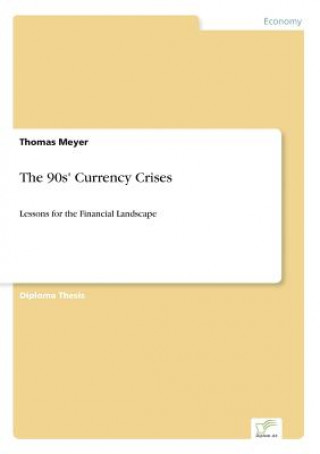
Code: 05297998
90s' Currency Crises
by Thomas Meyer
Inhaltsangabe:Abstract: When on June 2nd 1997 Thailand devalued its currency, the stage was set was the most severe and virulent currency crisis of that decade. The sudden reversal of capital flows depleted economic wealth and so ... more
- Language:
 English
English - Binding: Paperback
- Number of pages: 92
Publisher: Diplom.de, 2000
- More about this

You might also like
-

Why Is Sex Fun?
47.34 zł -23 % -

Richard Mosse
404.15 zł -

Pupil Friendly IEPs and Target Sheets
687.73 zł -9 % -

Selected Topics In Structronics & Mechatronic Systems
875.91 zł -4 %
Give this book as a present today
- Order book and choose Gift Order.
- We will send you book gift voucher at once. You can give it out to anyone.
- Book will be send to donee, nothing more to care about.
More about 90s' Currency Crises
You get 224 loyalty points
 Book synopsis
Book synopsis
Inhaltsangabe:Abstract: When on June 2nd 1997 Thailand devalued its currency, the stage was set was the most severe and virulent currency crisis of that decade. The sudden reversal of capital flows depleted economic wealth and social cohesion in many East Asian countries, hitherto perveived to belong to the Asian Miracle. Shockwaves of the crisis were felt in most emerging markets, even those outside the region, and reached mature markets when, for instance, the hedge fund Long-Term Capital Management nearly collapsed. In face of these enormous costs, this paper analyses the possibilities and boundaries of attempts to either reduce the likeliness of respective financial shocks or, when unavoidable, lower the costs of managing these crises. On the ground of the state-of-the-art models of currency crises it is examined which domestic or international factors contributed most to the observed outcome. The guiding question is if either moral hazard considerations, in the form of governmental guarantees and alike, or approaches of multiple equilibria are more suited to serve as an explanation. Moreover, this paper illuminates the significance of the original sin hypothesis which states that emerging markets are constrained when trying to borrow abroad in domestic currency or, even when trying at home, to borrow long-term. Although it is acknowledged that all these factors are valid simultaniously, superior importance in the following parts is given on the multiple equilibria approach. The main part of the paper discusses the most influencial reform proposals of academics and institutions such as the IMF or the Group of 22. Approaches for a new financial architecture are divided into issues of the exchange-rate regime, public and private liquidity, and the institutional framework. These recommandations include questions of dollarization; an international lender of last resort; insurance agencies and credit facilities; capital controls; improved regulation and transparency; as well as the addidition of collective action clauses and alike to international bond contracts. They are assessed according to the criteria developed before, especially with regard to the approaches of moral hazard, multiple equilibria, and original sin. Taking into account that any grand scheme is rather unlikely to be realized on short notice, the conclusions concentrate on moderest reform proposals which can be pursued by emerging countries indiviually or with the assistance of international institutions. One of the findings is, that additional liquidity in the event of a crisis, provided by whatever means, is a suitable tool to avoid over-reacting financial markets but must be constrained by conditionality in order to discourage moral-hazard behavior. Moreover, collective action clauses and restrictions on capital inflows can be used as a second line of defense to prevent the buildup of an unsustainable bias towards short-term financing. Further institutional improvements contribute to defuse the original-sin problem but have its benefits developed only over a longer time horizon. Inhaltsverzeichnis:Table of Contents: 1.Introduction1 2.Understanding Currency Crises 2.1The Path from the Canonical Model to Moral Hazard9 2.2Multiple-Equilibria and Financial Panic19 3.At the Core of the Problem: The Exchange-Rate Regime 3.1Currency Pegs versus Floating Exchange Rates23 3.2Dollarization as an Alternative27 4.At the Center of the Problem: Liquidity 4.1The Need for Liquidity or an International Lender of Last Resort34 4.2Insurance and Credit Facilities against Systematic Risk38 4.3Capital Controls 4.3.1Controls on Capital Outflow42 4.3.2Taxes on Capital Inflows45 5.At the Heart of the Problem: The Institutional Framework 5.1International Bankruptcy Standards49 5.2Regulation and Transparency51 5.3Collective-Action Cl...
 Book details
Book details
Book category Books in English Economics, finance, business & management Economics
385.01 zł
- Full title: 90s' Currency Crises
- Author: Thomas Meyer
- Language:
 English
English - Binding: Paperback
- Number of pages: 92
- EAN: 9783838624303
- ISBN: 3838624300
- ID: 05297998
- Publisher: Diplom.de
- Weight: 132 g
- Dimensions: 210 × 148 × 6 mm
- Date of publishing: 14. June 2000
Trending among others
-
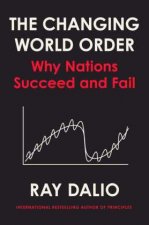
Principles for Dealing with the Changing World Order
93.17 zł -15 % -

Team Topologies
93.17 zł -23 % -

Freakonomics
36.56 zł -14 % -

Misbehaving - The Making of Behavioral Economics
48.55 zł -5 % -

Indispensable Milton Friedman
103.65 zł -23 % -
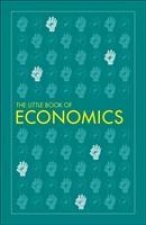
Little Book of Economics
47.34 zł -23 % -

Why Nations Fail
37.77 zł -26 % -

Pyramid Principle, The
189.68 zł -4 % -

Essential Mathematics for Economic Analysis
315.91 zł -7 % -
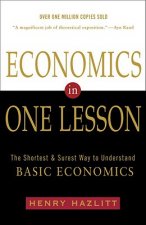
Economics In One Lesson
70.41 zł -23 % -

Predictably Irrational
66.58 zł -14 % -

Price of Inequality
48.55 zł -5 % -

(Mis)Behaviour of Markets
61.14 zł -23 % -

Debt, 10th Anniversary Edition
120.67 zł -23 % -

A-Level Economics: Year 1 & 2 Complete Revision & Practice (with Online Edition)
119.97 zł -10 % -

The Invisible Hand
35.35 zł -3 % -

Liar's Poker
60.94 zł -

Rational Optimist
52.68 zł -22 % -

Irrational Exuberance
89.65 zł -4 % -

Art of Statistics
52.37 zł -15 % -

Scrum - A Pocket Guide - 3rd edition
96.50 zł -5 % -

Hypomanic Edge
101.84 zł -

How I Made One Million Dollars Last Year Trading Commodities
205.70 zł -4 % -
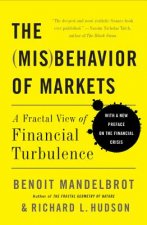
Misbehavior of Markets
117.25 zł -

Econometric Analysis, Global Edition
392.26 zł -

Cartoon Introduction to Economics
85.82 zł -4 % -

Economics: The User's Guide
61.24 zł -15 % -

Rise of Carry: The Dangerous Consequences of Volatility Suppression and the New Financial Order of Decaying Growth and Recurring Crisis
116.24 zł -23 % -

Myth of Capitalism - Monopolies and the Death of Competition
102.34 zł -23 % -

How Rich Countries Got Rich and Why Poor Countries Stay Poor
70.41 zł -23 % -

Business Etiquette in Brief
63.35 zł -4 % -

Discovery, Capitalism & Distributive Justice
94.78 zł -

Intermediate Microeconomics and Its Application
449.08 zł -

Are the Rich Necessary?
42.70 zł -23 % -

Economic Point of View
108.99 zł -10 % -

Driving Digital Transformation
93.17 zł -23 % -

Start-Up Nation
43.41 zł -15 % -

Economic Facts and Fallacies
85.62 zł -5 % -

Decision Book
77.46 zł -5 % -
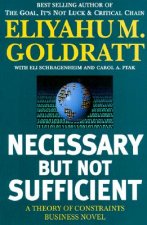
Necessary but Not Sufficient
85.52 zł -4 % -

Freakonomics
29 zł -23 % -

Economics Book
91.36 zł -14 % -

Leading at a Higher Level
130.24 zł -5 % -

Principles of Economics
76.55 zł -1 % -
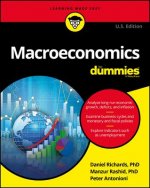
Macroeconomics For Dummies
107.68 zł -11 % -

45 Second Presentation That Will Change Your Life
49.65 zł -4 % -
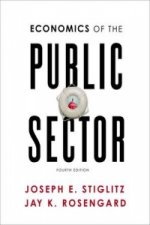
Economics of the Public Sector
312.48 zł -5 % -

Factfulness
52.17 zł -10 % -

Currency Wars
70.20 zł -14 %
safisfied customers
Since 2008, we have served long line of book lovers, but each of them was always on the first place.
Copyright! ©2008-24 libristo.pl All rights reservedPrivacyPoučení o cookies



 21 million books
21 million books Delivery 12.99 zł
Delivery 12.99 zł (32) 444 93 66 (8-15.30h)
(32) 444 93 66 (8-15.30h)